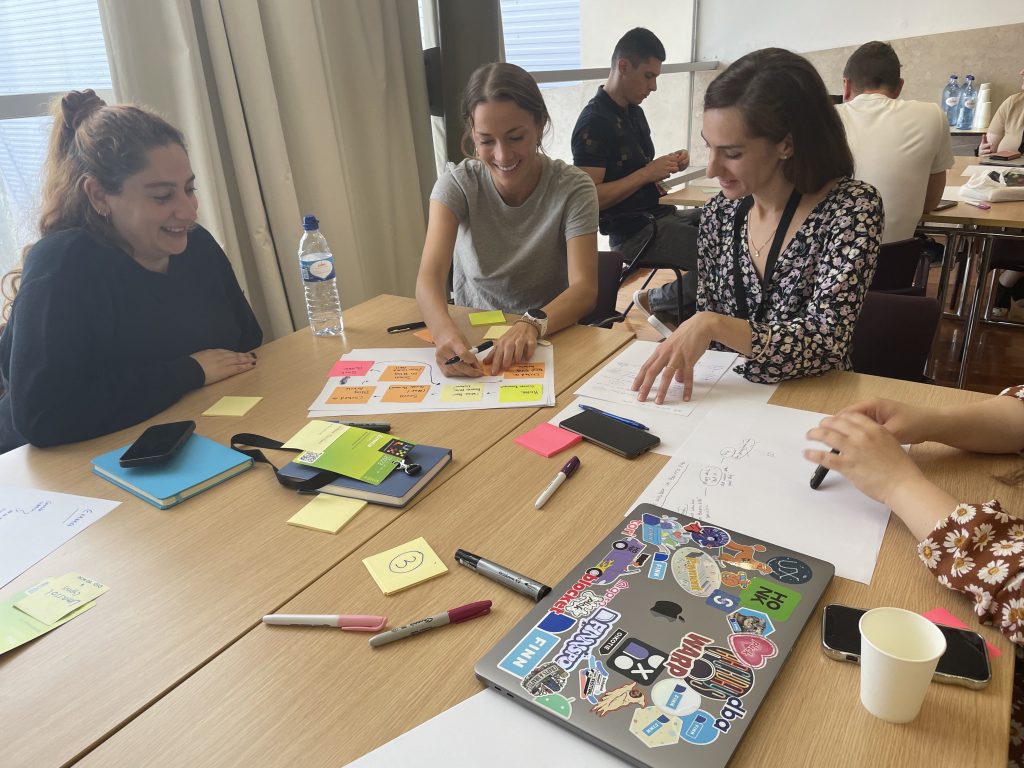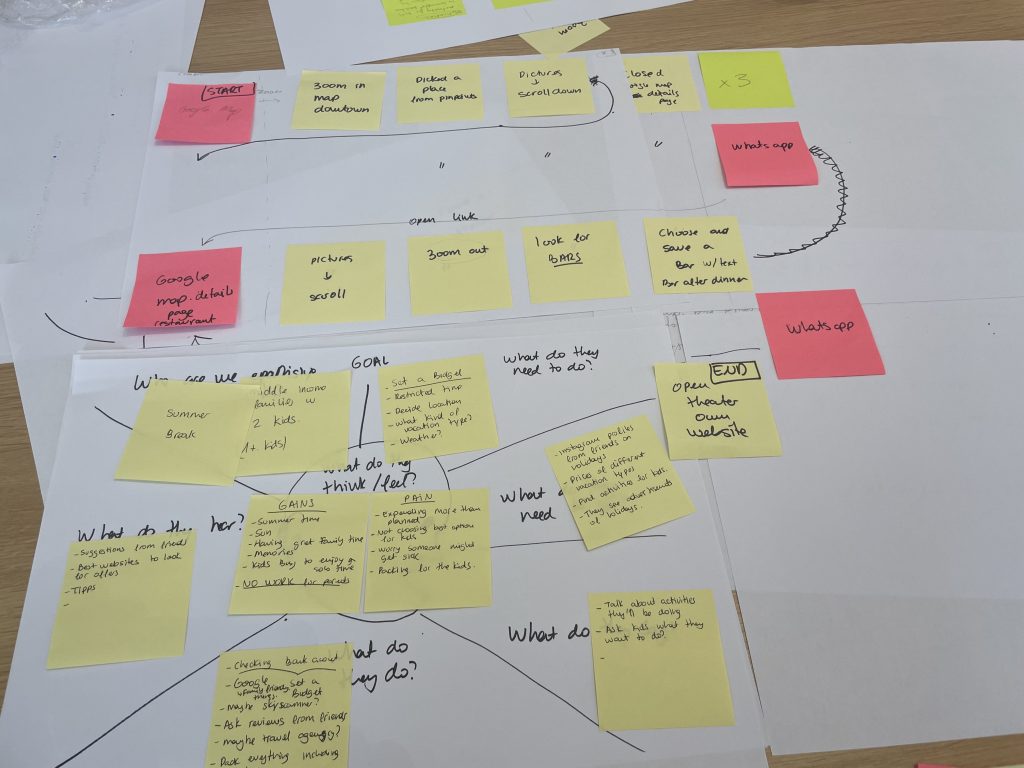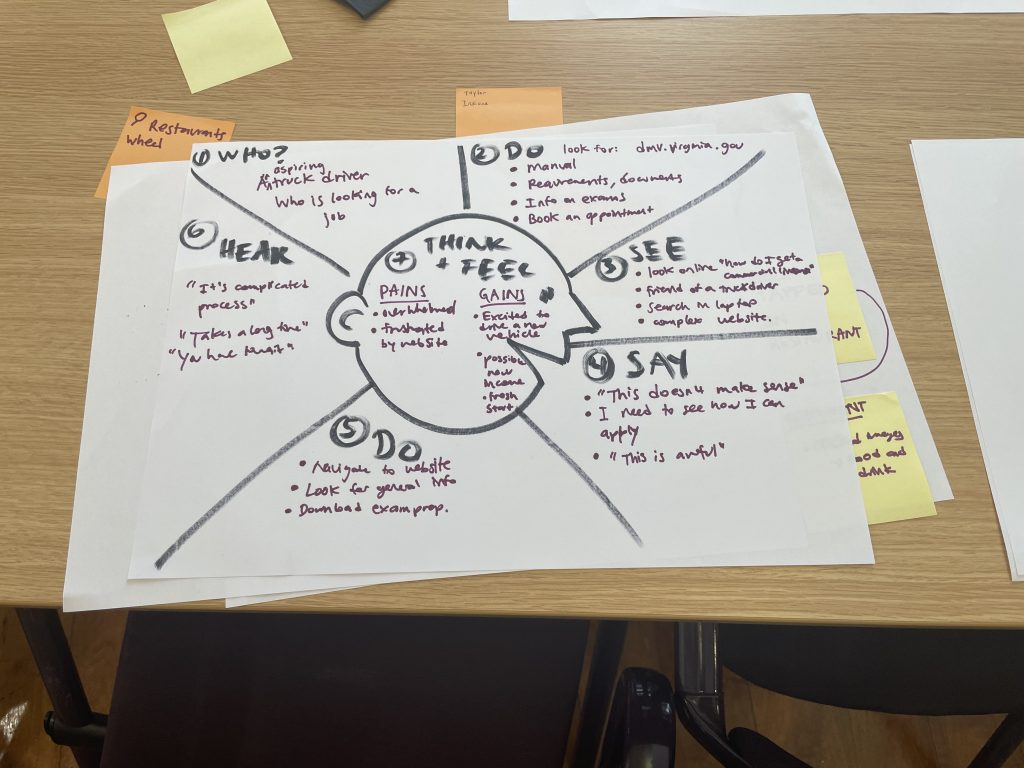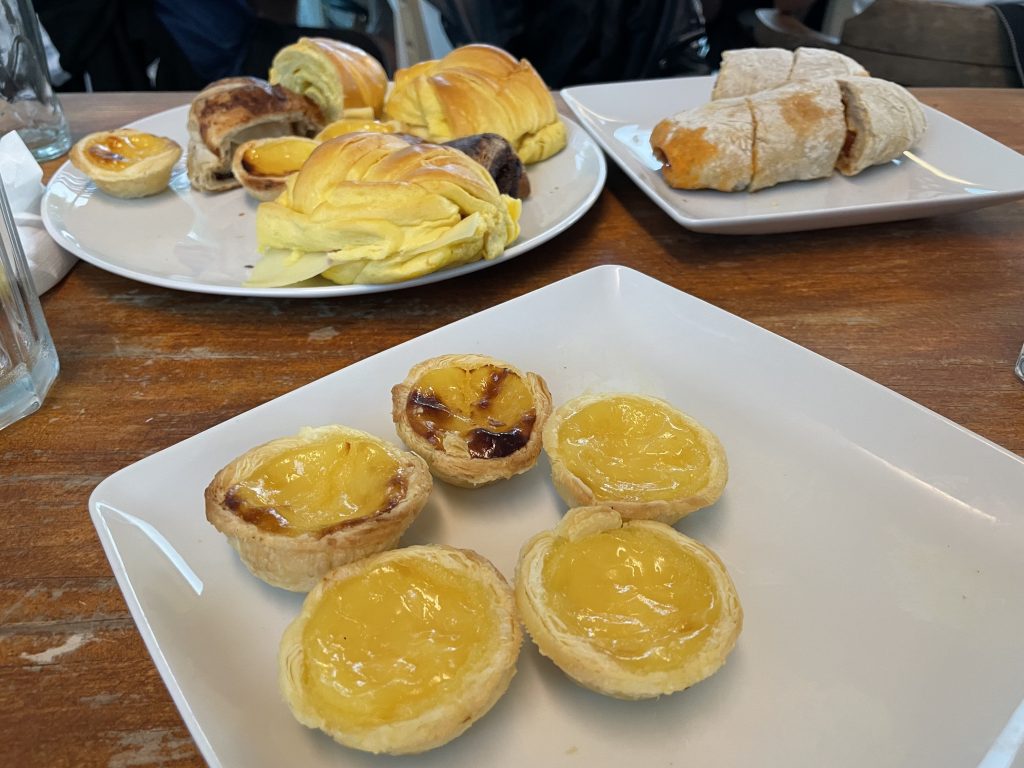THE OCCASIONAL MENTOR:
A monthly(ish) column based on questions I’ve answered on Quora, heard on Slack groups, and other career advice I’ve given over the prior month. Feel free to challenge me in the comments, if you have a different experience. Below are questions I answered in May. This one has a fun one at the end.
Why are more and more companies moving towards making their UI white?
Answered May 6, 2019
I trace the emergence of white background, minimalist design to the popularity of flat design and the explosion of sites offering crowd-generated content or media from disparate sources, like Medium and iTunes.
Flat design became popular for two reasons. The first, related to mobile frameworks like Material Design, is that people were becoming used to how buttons and links work and the raised, skeuomorphic styles were beginning to look old. Button colors that contrast starkly with the (usually) white background and colors with significant meaning (think red outlines for field errors) were enough to generate meaning. The second reason is the rise of mobile, which required sites to load faster in order to use less data. It’s become less of an issue as free WiFi becomes more and more available. This, along with a need for our mobile launch buttons to stand out, is why we are starting to see things like gradients and shadows making a return.
Minimalist design arose for utilitarian reasons. Having a busy, colorful layout too often competes with the images used by third party sources, so a clean, white (or black) layout makes sense on sites that aggregate a lot of content. There is also a recognition that certain background styles or fonts become dated very quickly. If you avoid using the style du jour, your products are less likely to seem old sooner.
How can I make the UX/UI design of a product feel more natural?
Answered May 1
There were a lot of good answers to this question. I thought I’d add a couple resources that might be useful in understanding the fundamentals of natural, usable design.
First is Don Norman’s The Design of Everyday Things, which discusses affordances like door handles and light switches and how people understand that a thing is something one can interact with.
Then read Indi Young’s Mental Models and Steve Krug’s Don’t Make Me Think. These will get you good information about how to approach design in a way that is natural to the user.
I also like Donna Lichaw’s The User’s Journey, which pulls back to the whole experience of how a user finds and solves a problem and what their emotions and struggles are along the way. It goes well with the Empathy Map that some people described in previous answers.
Is it too late for me to take an UX design boot camp and get hired into an UX job? I have no design experience. I am 32 years old?
Anwered May 1
In an earlier post, I discussed the kinds of soft skills that are essential for an older, but new UX designer to highlight in a resume and portfolio and ways to bring up one’s design skills, in addition to boot camps, which I should say I have taught and recommend as a way to get the basics of UX along with some collaborative experience.
The list of tools that I mentioned should be updated, as I predicted. We see shiny, new tools every year, but a few seem to get mention in job posting more than others. We did use Sketch and InVision in our course. There are other tools you might consider working with including Figma, Adobe XD (which is now free), UXPin, Balsamiq, Framer, Proto.io and collaborative design tools like Mural, Miro (formerly Real Time Board), etc. you can find a lot of these if you search “Best UX Tools”.
Don’t try to learn them all and don’t worry about having an expert level at any of these, as you will likely be introduced to new ones on the job. If you have a positive attitude toward learning new tools, it helps a lot. Pick a few to create some mock designs, and then see if you can find a pro bono project to work on. You can also do a mock project for your current company, which would be ideal since you probably know a lot about your customers/users and would stand out in your portfolio. (Ask your boss first).
I know a lot of people who transitioned to UX at a later age from other careers, including similar roles in graphic design and communications, and as distant as restaurant management. Some were over 50 when they made the transition. 32 is still very young, so you won’t have to struggle against age-related bias nearly as much.
Do I have to whistle really loud to hail a taxi in NYC?
Answered Apr 21
I love this question. Lol, no. Though it does call attention. I know a few doormen who have a pretty strong whistle.
If you can’t whistle, what you should do is cautiously step out a little off the curb, especially if you are on a block with parked cars, so the driver can see you. Corners are also good places to wait since you can direct a taxi heading the opposite way or on a perpendicular street to turn your way.
If you are too shy or too short to be seen, NYC Taxis also respond to Curb | The Taxi App.






